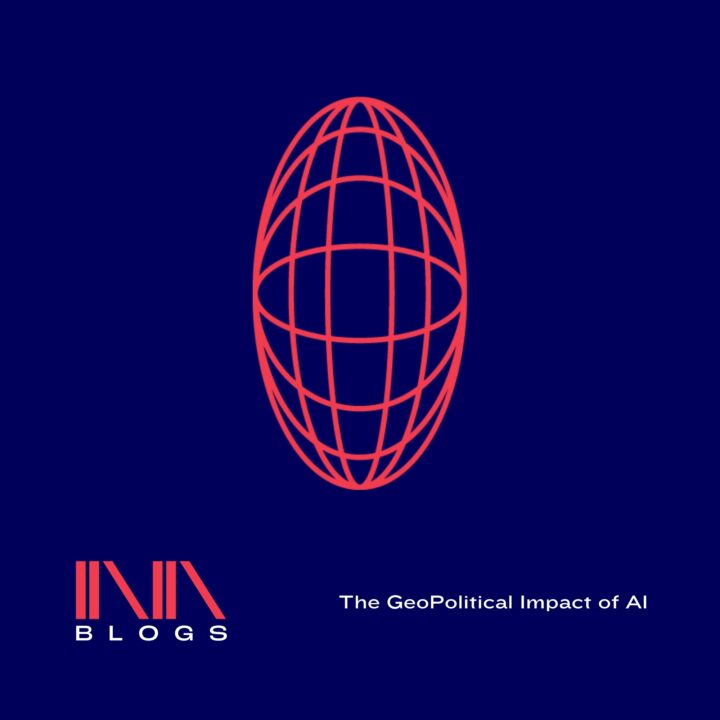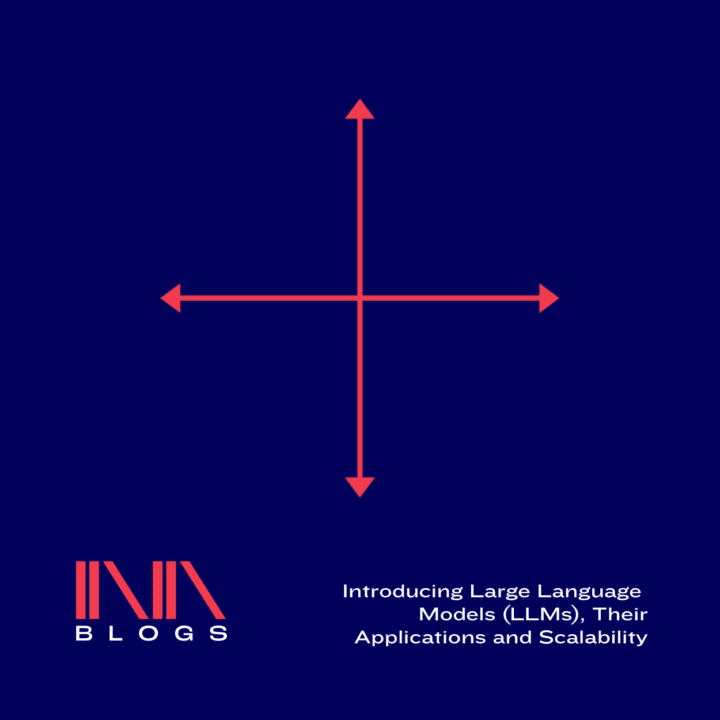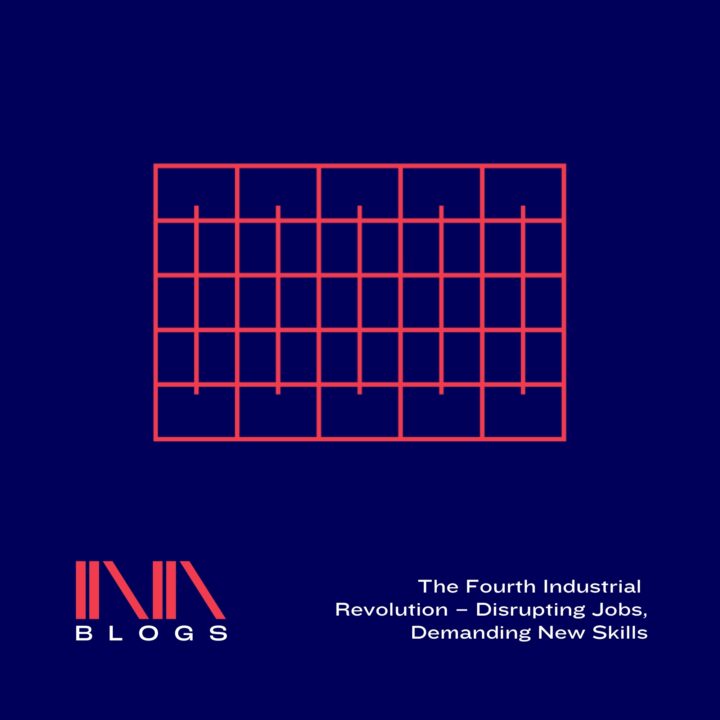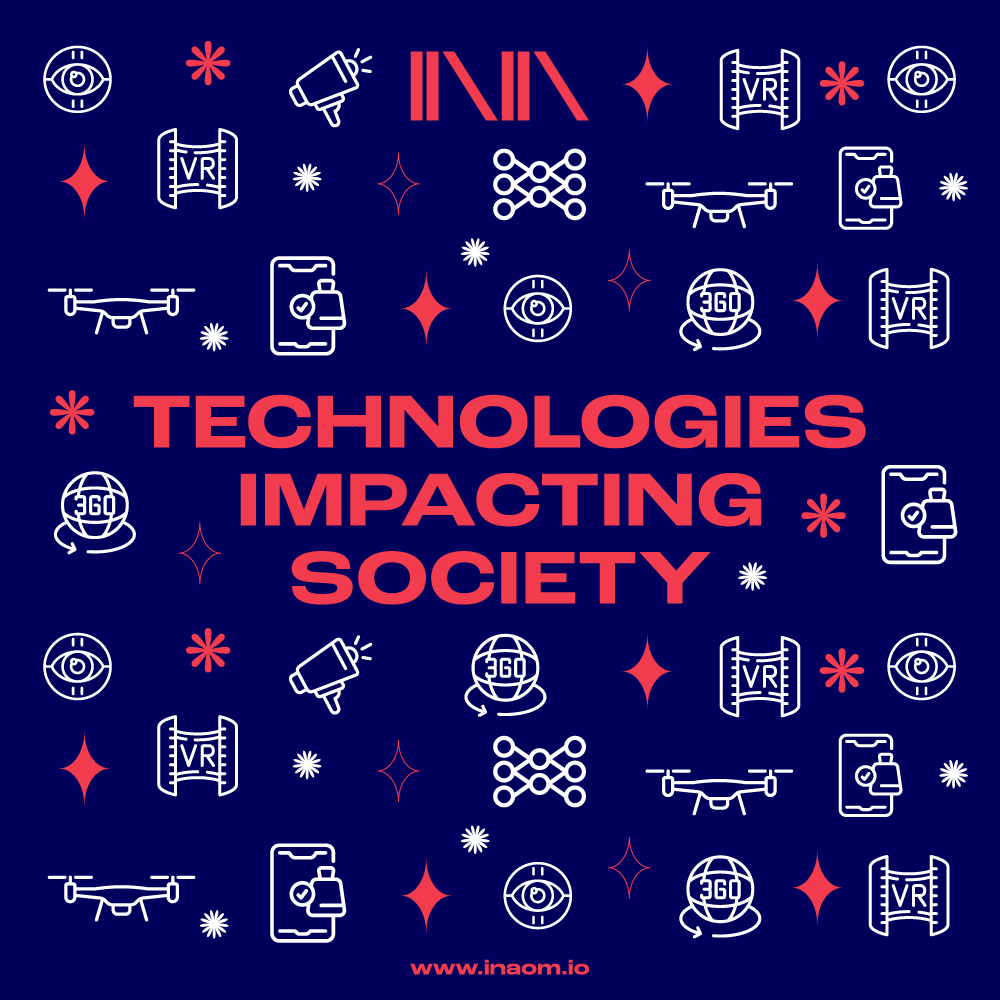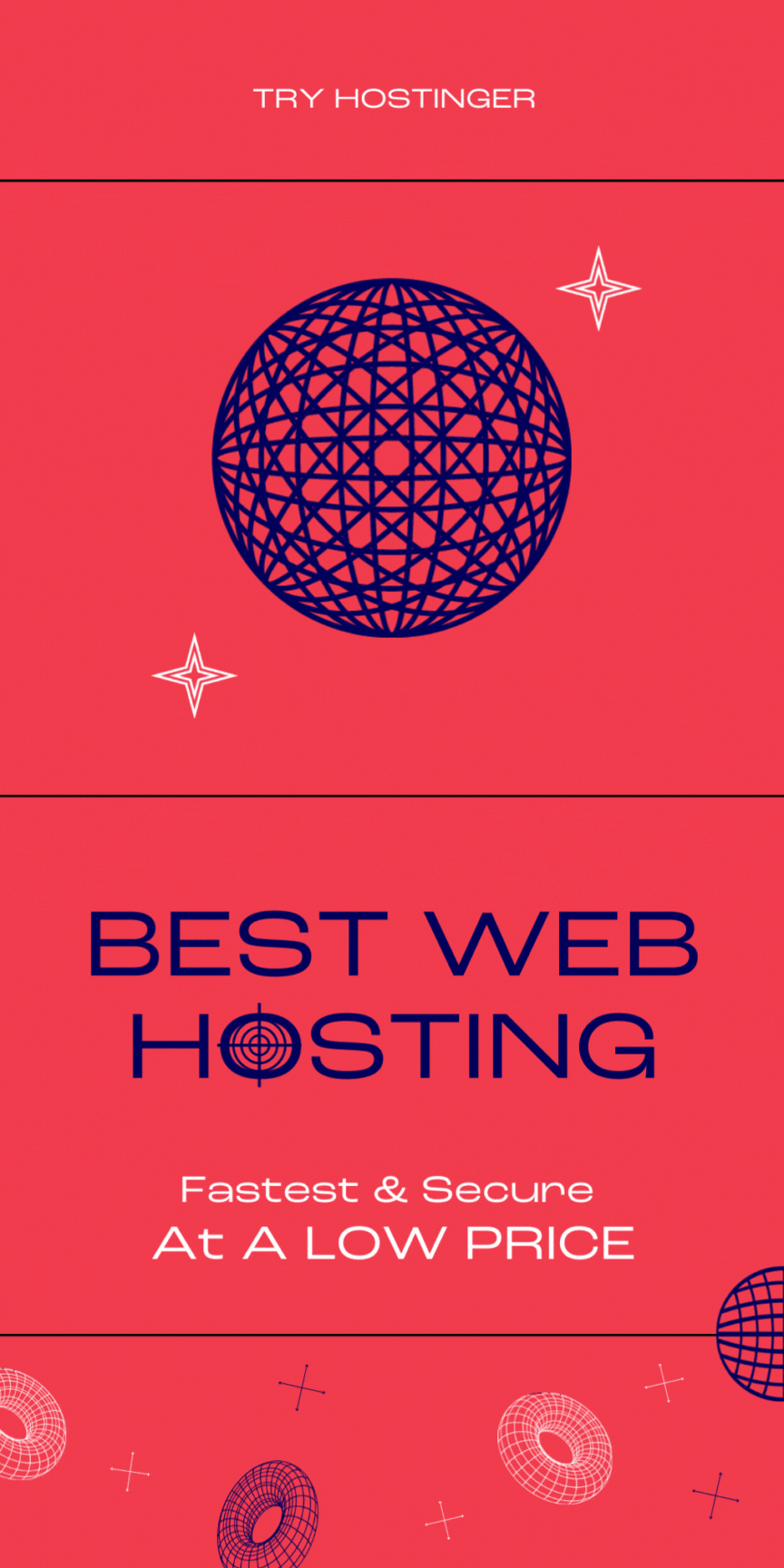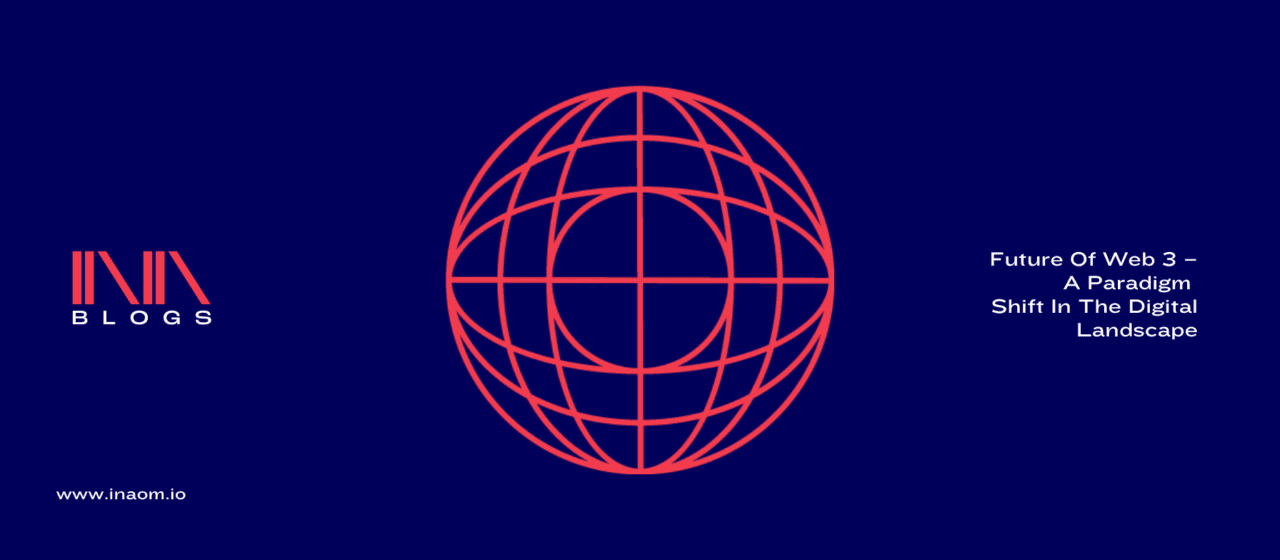
The digital world is on the cusp of a revolutionary transformation, and at the forefront of this evolution is Web 3. As the Internet continues to evolve, Web 3 emerges as a dynamic and revolutionary concept that promises to reshape the way we interact, transact, and experience the online realm. In this comprehensive article, we’ll delve into the intricate details of future of Web 3, exploring its implications, potential, and how it stands to leave its predecessors in the dust.
Understanding the Web 3 Paradigm
Web 3: The Concept and Essence
Web 3, often referred to as the “decentralised web,” is not just a technological upgrade, but rather a fundamental shift in the principles that govern our online activities. Unlike its predecessors, Web 3 is build upon decentralised technologies such as blockchain, which enables a trustless and peer-to-peer network. This decentralisation eliminates the need for intermediaries, fostering a truly democratised online environment.
Blockchain Technology: The Backbone of Web 3
At the core of Web 3 lies blockchain technology, the groundbreaking innovation that powers cryptocurrencies. Beyond digital currencies, blockchain enables the creation of decentralised applications (dApps) and smart contracts, transforming traditional industries like finance, supply chain, and even governance. With transparency, security, and immutability as its pillars, blockchain forms the backbone of Web 3’s potential.
The Implications of Web 3
1. Empowering Individuals and Redefining Ownership
Web 3 empowers individuals by returning control of their data and digital assets back to them. In the current digital landscape, tech giants hold immense power over user data, often leading to privacy breaches and misuse. Web 3, through decentralised storage and identity solutions, hands over ownership of data to users themselves, revolutionising the way data is handled.
The rise of Non-Fungible Tokens (NFTs) is a hallmark of the Web 3 era. These unique digital assets are transforming how we perceive ownership of digital content, be it art, music, or collectibles. NFTs are indivisible and irreplaceable, ensuring authenticity and provenance.
Web 3 also addresses the privacy concerns that have plagued the internet for years. With a focus on data ownership and encryption, users can enjoy greater control over their personal information. This shift aligns with the growing demand for privacy-conscious digital experiences.
2. Reshaping Digital Economies
Web 3 introduces the concept of tokenization, wherein physical and digital assets are represented as tokens on the blockchain. The digital tokens are used for transactions, voting, and even governance within decentralised applications. This opens up new possibilities for fractional ownership, enabling anyone to invest in real estate, art, or even intellectual property.
Token economies foster inclusivity and liquidity, as assets are no longer confined to traditional financial systems. Hence, this innovation has the potential to disrupt traditional financial systems and democratise access to investment opportunities.
3. Enhancing Digital Interactions
With the integration of virtual reality (VR) and augmented reality (AR), Web 3 offers immersive online experiences that transcend the boundaries of physical space. Meetings, social gatherings, and even shopping can be reimagined through these technologies, making interactions more engaging and lifelike.
4. Finance and Banking
Web 3 is poised to disrupt the traditional financial sector by eliminating intermediaries and enabling peer-to-peer transactions through smart contracts. Decentralised finance (DeFi) platforms offer lending, borrowing, and trading opportunities without the need for traditional banks. This shift towards financial inclusivity and autonomy has the potential to reshape global economics.
5. Supply Chain Management
Blockchain’s transparency and traceability make it an ideal solution for supply chain management. Every step of the supply chain can record on an immutable ledger, reducing fraud, ensuring product authenticity, and enhancing accountability. This could revolutionise industries like agriculture, pharmaceuticals, and manufacturing.
Smart contracts, powered by blockchain, are self-executing contracts with predefined rules. They automate and secure various processes, eliminating the need for intermediaries. This innovation holds immense potential across industries, from finance to supply chain management.
6. Content Creation and Intellectual Property
Web 3 has the potential to revolutionise how content creators receive compensation for their work. With blockchain-based platforms, artists, writers, and musicians can directly monetize their creations and ensure proper attribution. Intellectual property rights become more secure and enforceable in a decentralised ecosystem.
7. Gaming and Virtual Reality
The gaming industry stands to benefit significantly from Web 3. Ownership of in-game assets and virtual real estate can be established through blockchain, providing players with true ownership and the ability to trade their assets across different games. Virtual reality experiences can become more immersive and interconnected within a decentralised metaverse.
The Road Ahead
Challenges and Considerations
While Web 3 holds immense promise, it also faces challenges. The current lack of user-friendly interfaces and scalability issues hinder its mass adoption. However, ongoing development and collaboration within the blockchain community are addressing these hurdles, making Web 3 more accessible and scalable.
Collaboration and Innovation
Web 3 is not a mere replacement for the existing web; it’s a collaborative effort that requires the participation of developers, businesses, and users alike. As more industries recognize its potential, they are exploring ways to integrate Web 3 technologies into their operations, spurring innovation and transforming business models.
The Inevitable Transition
Just as Web 2 disrupted the status quo, Web 3 is set to be the driving force behind the next digital revolution. Its potential to redefine trust, ownership, and interactions is undeniable. The transition won’t be without its challenges, but history has shown that technological advancements prevail when backed by a collective vision for a better future.
Conclusion
In conclusion, the future of Web 3 holds immense promise and potential. As decentralised technologies continue to evolve, they will redefine the way we connect, transact, and share information online. The transition from centralised models to Web 3’s decentralised paradigm is inevitable, and its impact on industries and individuals alike will be profound. By harnessing the power of blockchain, virtual reality, and tokenization, Web 3 is ready to leave an indelible mark on the digital landscape.
In this era of transformative technological shifts, embracing the principles and possibilities of Web 3 will not only position businesses at the forefront of innovation but also empower individuals to reclaim their digital sovereignty. As we look to the future, it’s clear that Web 3 is not just a destination but a journey towards a more inclusive, secure, and dynamic digital world.
Frequently Asked Questions (FAQs)
Is Web 3 dead in 2023?
This dispute centres around the vitality of Web 3. Some see decline due to fading blockchain excitement; others note its adoption by brands, NFT resilience, and metaverse’s growth. Presently, Web 3 seems evolving, not deceased.
Why is Web 3 not the future?
Web 3 is not the future, it is indeed here, introducing concepts like metaverse, smart contracts, tokens, cryptocurrencies, DAOs, and NFTs. It’s an evolving space with exciting opportunities for creation and innovation.
Is Web 3 just crypto?
No, Web3 encompasses more than just crypto. It includes decentralised applications, blockchain technology, smart contracts, and new ways of interacting online beyond traditional cryptocurrencies.
Who invented Web 3?
The term “Web 3” was coined by Ethereum co-founder Gavin Wood in 2014. However, Web 3’s development is a collaborative effort involving various individuals, projects, and communities in the blockchain and decentralised technology space.
What is the future prospect of Web 3?
Web 3 holds potential for decentralised, trustless systems, enabling secure transactions, ownership verification, and new digital experiences. It aims to reshape online interactions, economies, and governance models for greater inclusivity and innovation.

